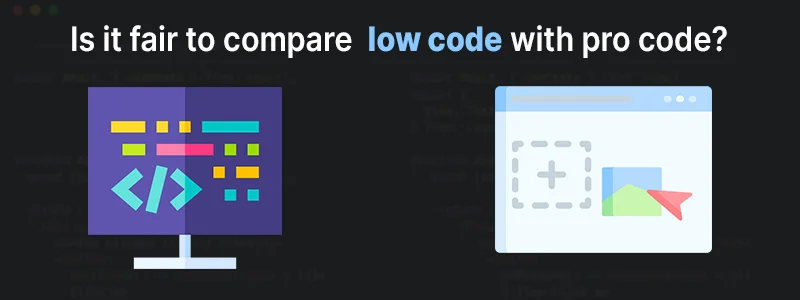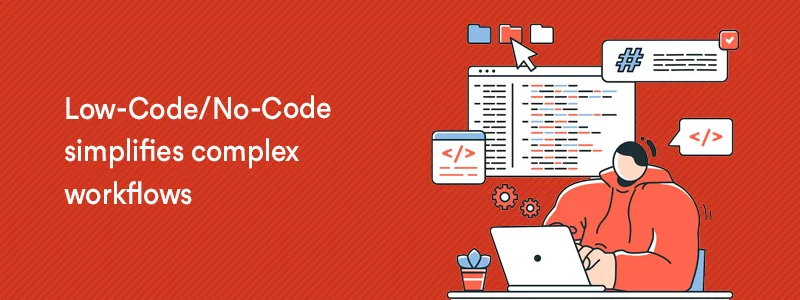
Discover a multitude of mobile app development options and pick the right platform
To give you an overview, consider a scenario where you are looking to move to a new apartment. You will look for a myriad of options. However, they are largely classified into three types – furnished, semi-furnished, and unfurnished.
The first state: A fully furnished apartment means little to zero work for you. You might move things around to fit your needs, change the color of a wall from white to blue, but that’s it. You do not need to hire an outsider like a carpenter or a plumber.
The second state: A semi-furnished apartment will have some furnishing done, and the remaining you plan to do by purchasing some modular furniture (pre-made furniture) that will require adjustments to the dimensions of your apartment. For the same, you might hire a carpenter to take the measurements and do the needful to install the modular furniture.
The third state: You want furniture that is custom-built for your apartment. You will hire a carpenter, a decorator, a plumber, etc., to make furniture and tailor it to your specific needs.
Similarly, there are a myriad of options to develop mobile apps as well. Let’s draw parallels to developing a mobile app. We conducted a survey with our prospects and found that there was an equal distribution to their requirements. While 22% said that they are not bothered about the intricacies of app development, some of them from that faction admitted to the fact that they would want an interface to get onboard with their requirements quickly.
However, another 23% prefer pro-code/traditional development, considering the control they may have over the app development. However, they admitted the downside given the dependencies involved in making such changes. Agencies further added a hybrid model of no-code front end for requirements gathering and pro-code development in the house to help their clients realize their business needs.
Freelancers and individual users with zero coding experience enjoy developing apps all by themselves sans dependencies. However, there is a challenge if the user prefers to have intricate customization to their app. Nevertheless, the developers can go up on the app stores in minutes with a fully functional MVP. Will it satisfy the needs of all customers to the fullest? The answer is, maybe or maybe not!
No code mobile apps give users a greater degree of freedom with respect to the design of their app pages. However, certain functional aspects are a challenge as it requires some pro code intervention. The case is not that common though.
There are a plethora of options to develop mobile apps. sterlo Low Code mobile app development platform helps you create Android and iOS apps without having to write a single line of code. To build top-notch cross-platform mobile applications, you’ll need a versatile mobile app development platform like sterlo that can meet all of your needs.
The success of mobile app development depends on choosing the right platform. Using sterlo, one can break free from the challenges of building apps, both in functional and non-functional aspects.


